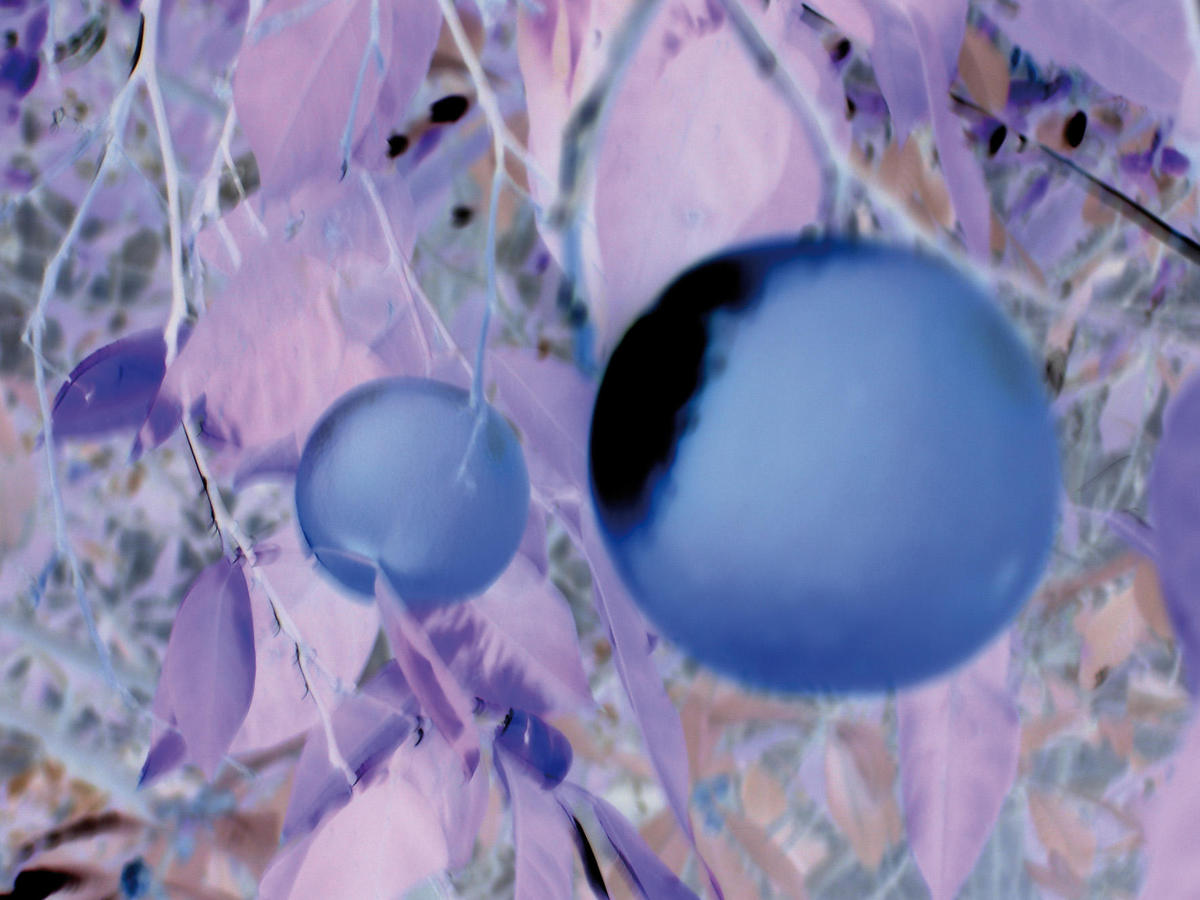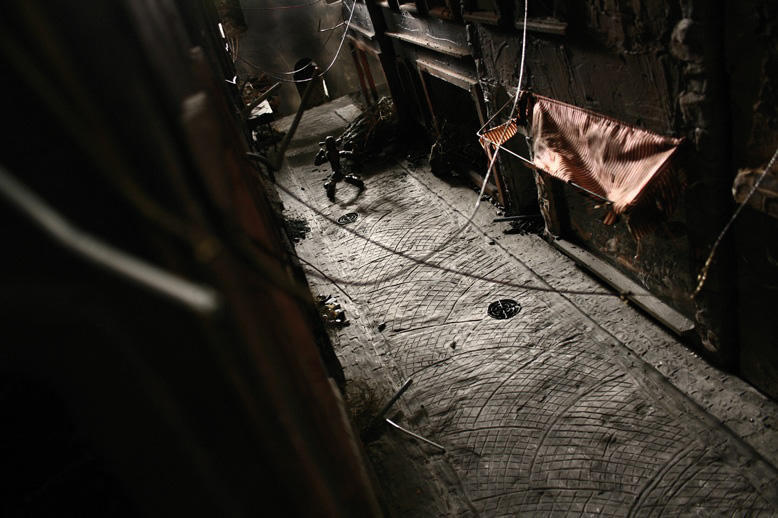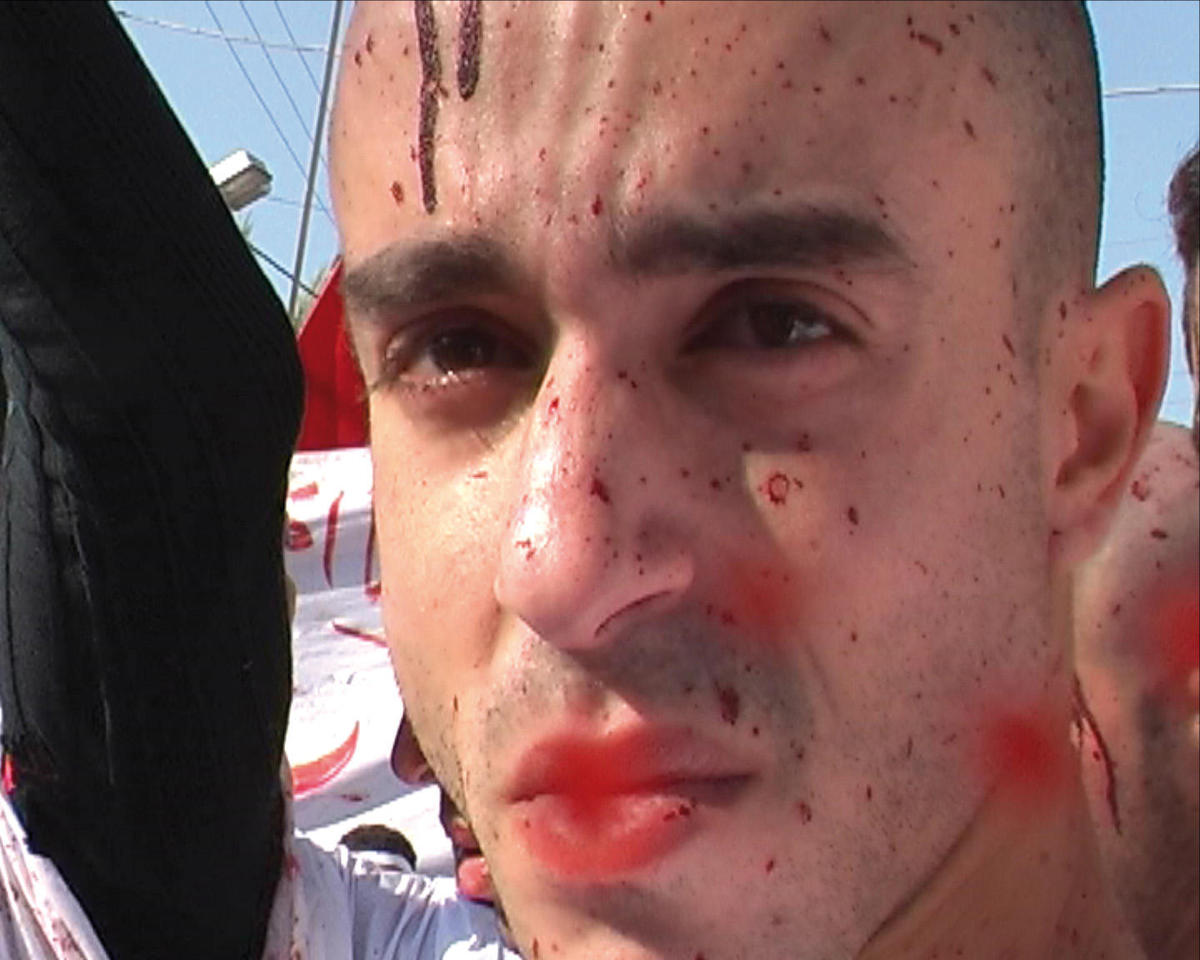
Beirut
Video Works 2009
Ashkal Alwan
In 2002, artists Mahmoud Hojeij, Mohamed Soueid, and Akram Zaatari recorded a conversation on video production in Beirut for the Montreal-based art magazine Parachute. Titled “Disciplined Spontaneity” and tagged “A Chapter” in an ongoing dialogue, the transcript of that conversation has since come to be seen as something of a foundational document. It was one of the first texts (made available in English, at least) in which people involved in Beirut’s early video scene took a moment to reflect on the preceding decade and think through how they’d started, what they’d done, and why.
To look at that conversation now is to understand that in the early 1990s, artists such as them were motivated by a strong desire to create a space where video could be understood as an independent medium, used to develop an innovative language that could be unburdened of the discourse of past artistic traditions. They didn’t want to make work that looked or felt like film; they didn’t want to conform to the conventions of the television industry (where many Beirut-based video artists got their start); and, oddly enough, they had little concern for whether or not video would ever be considered art.
At the time, video was still a relatively new commodity in Beirut. When the Ayloul Festival debuted in 1997, for example, only one video was to be found in the lineup. Today, on the other hand, video is so pervasive in Beirut that its production has nearly become cliché. Half a dozen film festivals present video art, commercial art galleries have embraced it, and nonprofit cultural organizations have virtually defined themselves by it. In the absence of more meaningful attempts to define what exactly constitutes contemporary art in Beirut these days, video has become the all-encompassing shorthand for it. (For better or worse, this reduces the complex dynamics of an entire art scene — to say nothing of the diverse subjects and strategies of innumerable individual artists and their respective practices — to identification by medium alone.)

If video is in crisis in Beirut — and many would argue convincingly that it is — then the problem is not that there’s too little of it, but rather that there’s too much. So why, then, does the city need a new and dedicated platform for it? Maybe for the same reasons previously articulated by Hojeij, Soueid, and Zaatari, only this time around, the intent would be to pry video away from the advertising industry and the music business, instead of from film and television. And maybe for the purpose of acknowledging that video in Beirut has become far too reactive to local political events, as spectacular and dramatic as they may reliably be. No arts initiative has done more for video in Beirut than Ashkal Alwan, the Lebanese Association for Plastic Arts, which has spent the last fifteen years building an alternative infrastructure for contemporary art practices, with public-space projects, performances, concentrated screening sessions, and four ever-stronger editions of the inimitable Home Works Forum. Two years ago, in the aftermath of the 2006 war with Israel, Ashkal Alwan orchestrated ‘Video Avril,’ for which a collection of emerging and established artists were given production grants to realize new projects explicitly responding to the conflict. The results were in some cases cathartic and in others excruciatingly self-indulgent. The participants who already had developed artistic practices of their own — such as Hojeij, Ziad Antar, Ali Cherri, Ghassan Salhab, and Maher Abi Samra — created evocative elegies for particular moments in time. Others, many of them with less or no experience at all, made works that were, to put it kindly, unmemorable.
This year Ashkal Alwan completed a second round of production grants and renamed the project 'Video Works.’ Eight videos screened publicly at Cinema Sofil over the course of two nights in late May, and the results, if not quite uniformly excellent, were in bursts highly promising and remarkably accomplished.

Rania Stephan, who has an impressive body of work to her credit, contributed a powerful, blissfully brief video entitled Damage. Matching hundreds of still photographs of fallen oranges, in varying stages of rot and decay on the grounds of a Gemmayzeh garden, to the stomping steps of flamenco, her piece lasted precisely 120 seconds, during which time the artist introduced a beautifully coded and abstracted language. Sure, the subtitle of the work, For Gaza, the Land of Sad Oranges, after a quote from the writer Ghassan Kanafani, made the connection between image and idea, as well as the attendant political context, impossible to miss. And sure, flamenco plus Palestine puts Stephan in a distinct activist-artistic lineage that is not necessarily to everyone’s taste. But the extreme economy of phrasing, the evocation of a dance without a dancer, the radical compression of euphoria and tragedy, the rapid-fire reverberation of life and death, the subtler intimations of distance and decay, all of these things made for a punchy, robust, visceral, yet paradoxically pensive piece of work.
Marwa Arsanios offered the latest installment in her ongoing series of works exploring physical and discursive material gathered from derelict or destroyed sites in Beirut. I’ve Heard 3 Stories delved into the story of a cabaret dancer who, as rumor would have it, disappeared from a seaside chalet amid murky and potentially murderous circumstances. The chalet itself was an architectural marvel, a modernist playboy pad, subsumed and nearly swallowed by the encroachment of the seaside town of Ouzai, inhabited and substantially altered by a family of squatters for decades. With her characteristic mix of hand-drawn animation, atmospheric camerawork, ethereal soundscaping, and languid interviewing style, Arsanios cracked open the story of the chalet in seemingly disconnected layers and fragments. While clearly still a work in progress, the piece enigmatically combined urban legend with architectural and sociopolitical history. Alongside strong contributions by Nadim Asfar, Carine Doumit, and Gheith al-Amine, it illustrated Ashkal Alwan’s newfound commitment to pushing experimentation with the formal structures and visual textures that the language of video affords.
This is not to say that all of the pieces in 'Video Works’ were successful. Kinda Hassan’s Come As I Rise didn’t quite find a theme, structure, or formal device with which to express itself, and no one familiar with Jalal Toufic’s work need endure another forty-three minutes of Ashura, certainly not another forty-three minutes that are less sure of exactly why they are monopolizing anyone’s time. And Mark Khalife’s The Other One, inspired by Jorge Luis Borges’s short story “The Other,” turned the Argentine writer’s meditation on time and blindness into a superficial slip of quasi-nationalist propaganda, slick of style, empty of content.
What distinguished 'Video Works’ from 'Video Avril’ was a heavier emphasis on process — each participant was paired with an established artist to guide her or him through the ups and downs of their productions — which in turn seemed to unburden the pieces from certain expectations of what Beirut-based video should be: there was, thankfully, no pontificating on the civil war. If Ashkal Alwan’s project continues in this direction, it will ensure that whenever Hojeij, Soueid, and Zaatari sit down for the next chapter in their conversation, they’ll have an impressive selection of strong new voices to add to the mix.